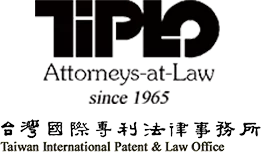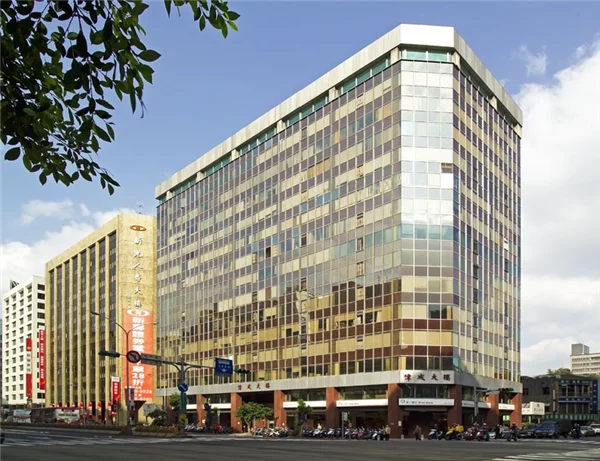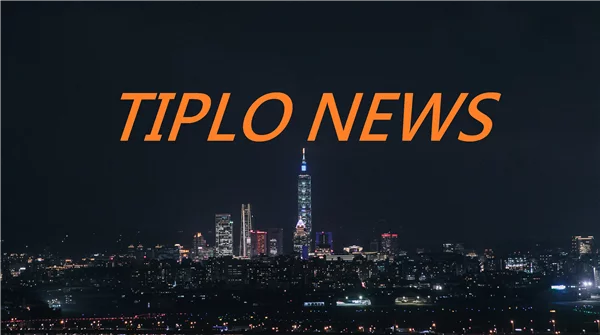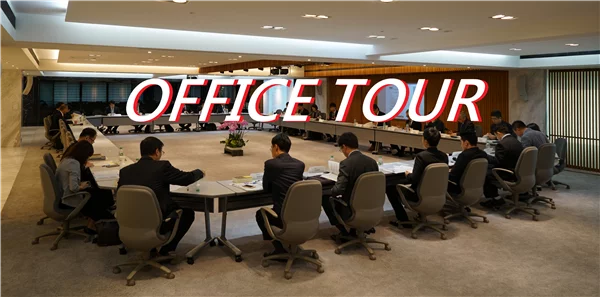Patent Marking May Be Not a Precondition of Claim for Damage Compensation in the Future. A Mechanism of Statutory Sum of Damage Compensation and the Concept of Indirect Infringement Are to be Incorporated into the Amendment to the Patent Act.
E090312Y1・E090309Y1 Apr. 2009(E113)
The Taiwan Intellectual Property Office (TIPO) is to amend patent marking requirements of the Patent Act because not all patented goods or package thereof are all suitable to carry indication of patent marking. Such goods as patented chips or method of construction are too small, retailed, or unique in nature, and thus it is indeed hard to make indication on them. Also, the issue of false or misleading patent marking should be instead administered subject to the Commodity Labeling Act or Fair Trade Act. [Note: Article 79 of the Patent Act stipulates that an invention patentee shall mark the serial number of patent certificate on his/her patented article or the packaging thereof, and may require that his/her licensee or the grantee of compulsory license do the same. In case of failure to affix such marking, no claim for damages shall be allowed, except in the case that the infringer has known, or should have known as proved by facts, the existence of the patent.]
The prospect amendment to the Patent Act also provides revised provisions regarding damage compensation in patent infringement occurrences. According to the provisions of current Patent Act, where an invention patent is infringed, the aggrieved patentee may claim for damages on condition that he/she should present proof the infringement as well as other materials regarding production cost, market size and price, and lost profits of sales. In the future, the Patent Act will explicitly provide a mechanism of statutory sum of damage compensation indicating that the license fees charged by a patentee on a licensee should serve as a statutory amount of damages to be claimed against an infringer in case of patent infringement. In addition, indirect infringement will be incorporated into the provisions of the Patent Act, which will cause the request for damage compensation to be available in the occurrences of both direct and indirect patent infringement.
TIPO had been holding a series of public hearings on the amended articles of the Patent Act during March and April 2009. Further, these amended articles should be reviewed by the Ministry of Economic Affairs and the Executive Yuan in the same year before the amendment is proposed to the Legislative Yuan for discussion in the next session at the soonest.
Here is the juxtaposition and comparison between the current and amended provisions of the Patent Act:
|
Amendment Key Points |
Amended Provisions |
Current Provisions |
|
Amount of Damage Compensation |
A mechanism of statutory sum of damage compensation will operate to determine the amount of damages; that is, license fees charged by a patentee on a licensee should serve as a statutory amount of damages to be claimed against an infringer. |
For claiming damage compensation, an infringed patentee should present proof the infringement as well as other materials regarding production cost, market size and price, and lost profits of sales, etc. |
| Indirect Infringement | Infringer of indirect patent infringement should bear liability for damage compensation. | A request for damage compensation is available only to the occurrence of direct patent infringement. |
| Patent Marking | Patent marking will no longer be necessarily required in all cases for damages compensation request, but subject to different requirements in different situations. | A claim for damage compensation will be allowed only when a patentee indeed marks the serial number of patent certificate on his or her patented article or package thereof. |
| Source: Ministry of Economic Affairs | ||
/CCS














